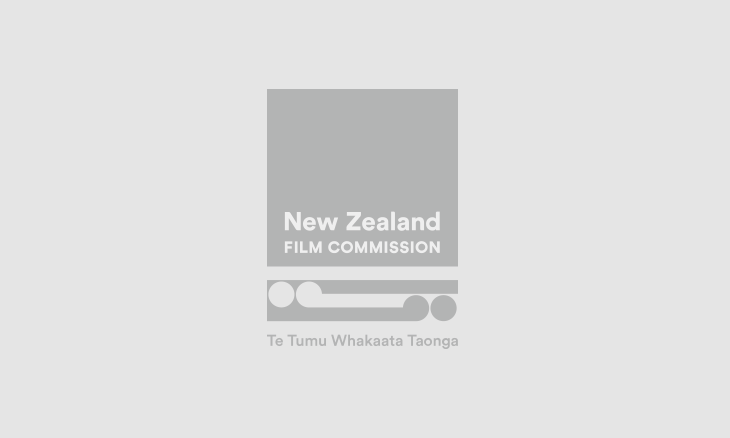PRODUCTION NOTES
Vostok Station began in the summer of 2006. A test film was shot in and around the Auckland region. This was cut together to examine the story, define the shots and understand the required effects. A trip was made to the location of Mt Ruapehu New Zealand during the winter of June 2006. This trip allowed the scouting of locations, securing of a production base, accommodation and the shooting of a second test film. This was cut together in preparation for a shoot late August. Casting for the lead and only role uncovered Kiwi actor Matt Sunderland star of the well-known New Zealand film Out Of The Blue. He proved to be perfect for the role and loved the part. A tight film crew was assembled with a full 16mm camera kit. All crew came on board for little wages. Accommodation was sourced metres from our location at a lodge on the ski fields of Mt Ruapehu.
The film was shot over three days spent on the mountain. Weather was perfect with good light, a fun crew, fantastic actor and the captured of all required shots. The resulting footage was of an extremely high standard. All credit to DOP and the months of preparation and testing before the shoot. The final film was cut together by the director, Dylan Pharazyn in Oct/Nov 06. Our original intention was to produce a short film at PAL resolution with effects completed on a Mac G5 computer – i.e. low res, low quality. The film showed much potential so Dylan began investigating ways in which the film could be scanned to 2K resolution, ensuring the ability of producing a 35mm film print for submission into A list international film festivals. We now wanted to produce a 35mm print with effects designed, produced and composited using world class technology with a full Dolby sound mix for cinema distribution.
An acquaintance was managing a post-production house in Thailand who offered a 2K scan in exchange for some post production work. Dylan flew to Bangkok, worked literally like a monkey for three weeks expecting the scan to be complete before leaving the country. Due to workload through the post production facility the film had to be left in Bangkok for the 2K scan to be completed later. Trouble at the post production facility saw Dylan’s friend leave the employ of the company sans 2K scan. The original film neg was returned to the production in March 07 without a 2K scan. The best kind of scan for Super 16mm film is a pin registered Arri flat-bed scanner which is available only at Weta Digital in Wellington. The cost of this very high quality scan was prohibitive. Every post production house capable of performing a 2K scan was contacted regarding scanning of the neg to varying formats of 2K and high definition. Another pin registered Arri flat-bed scanner was located in Melbourne and a cost was negotiated over the winter of 07. In researching the scan, process and costs further a dialogue was started with Weta Digital regarding technicalities of the process. Ultimately they proved to be good partners and offered a 2K scan with substantial sponsorship on the cost. They also offered to print the final film to 35mm, completing the objective for submission to A list international film festivals .The neg was scanned at 2K at Weta Digital in Oct 07. A process begun nearly a year ago was finally been completed.
One of New Zealand’s leading producers and film Production Company owners Paul Prince of The Sweetshop (www.thesweetshop.tv) came on as Executive Producer for the film. With Paul’s assistance we gained sponsorship from Auckland’s leading Post Production facility, Digital Post “http://www.digipost.co.nz” www.digipost.co.nz (Lord of the Rings, Thirty Days of Night) to finalise the film by adding effects, compositing and finishing the Dolby mix in preparation for the final 35mm film out. Another Auckland effects company Deep Animation offered to produce 2k resolution 3D components required for the film. Effects and composition assistance has been secured with Auckland’s premiere studio – Liquid Studios “http://www.liquidstudios.co.nz” www.liquidstudios.co.nz With the change in production values we ultimately succumbed to a longer timeline. There was a huge amount of additional work to complete with the change in resolution and we were committed to completing the film to international standards. The final film is an incredible achievement showcasing some of New Zealand’s best creative talents and technologies.
Richard Collins
Producer

